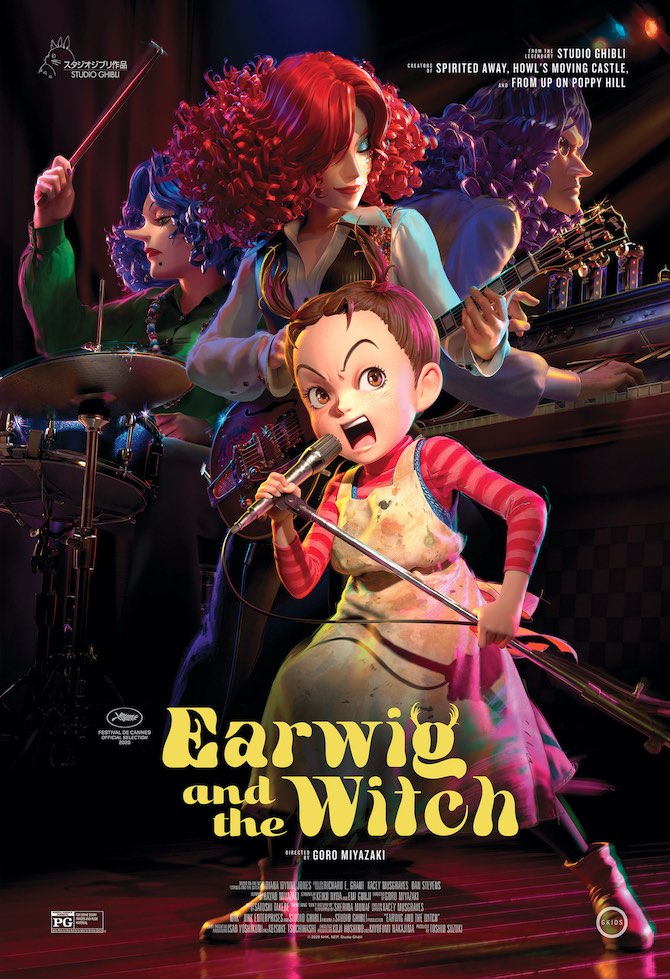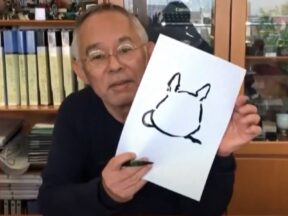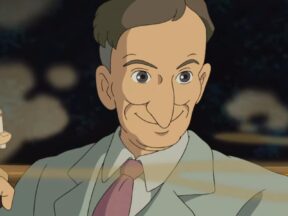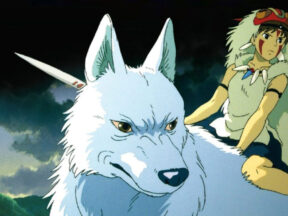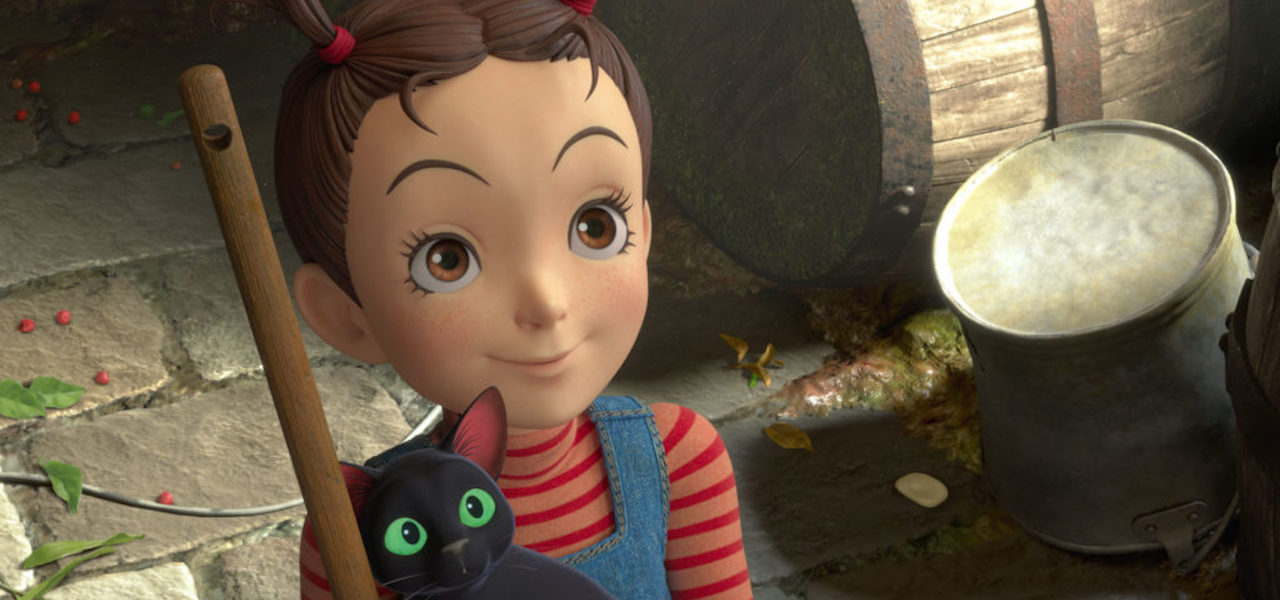
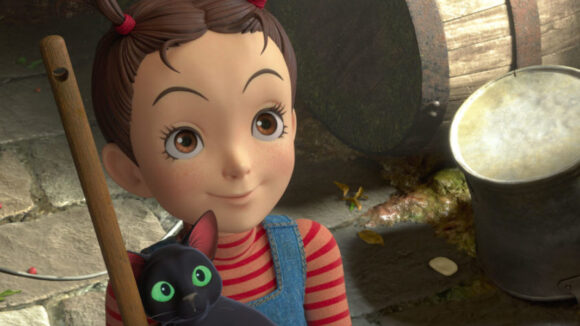
‘Earwig And The Witch’: Studio Ghibli’s Magic-Heavy CG Feature Fails To Enchant Critics
This week sees the North American release of Earwig and the Witch, the first feature Studio Ghibli has produced in-house in six years. The storied anime studio is back in a new guise, and critics are a little thrown.
Earwig and the Witch is the first cg feature from Ghibli, which built its reputation on lavishly produced hand-drawn features. This fact has excited a lot of commentary in the run-up to the film’s release. It debuts on HBO Max today, having opened in select theaters on Wednesday. Watch the trailer and read the synopsis below:
Growing up in an orphanage in the British countryside, Earwig has no idea that her mother had magical powers. Her life changes dramatically when a strange couple takes her in, and she is forced to live with a selfish witch. As the headstrong young girl sets out to uncover the secrets of her new guardians, she discovers a world of spells and potions, and a mysterious song that may be the key to finding the family she has always wanted.
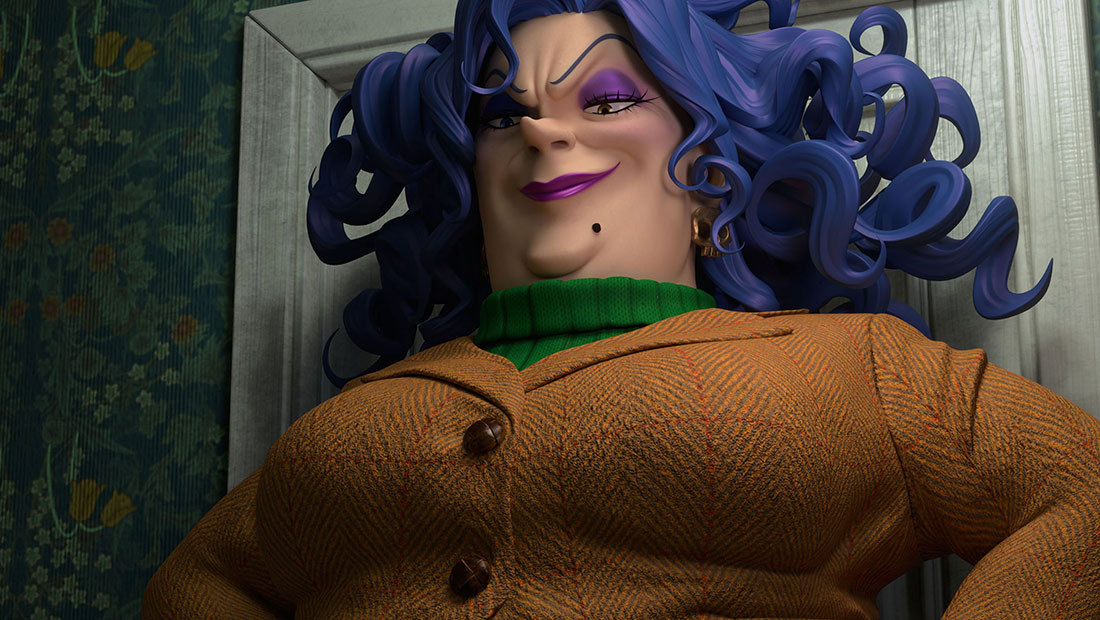
On the whole, American reviewers are not taken by Earwig. Their criticism extends beyond its use of cgi to other aspects, notably the story. At the time of writing, the film holds a 27% critics’ score on Rotten Tomatoes. Here’s what the critics are saying:
Maya Phillips of The New York Times echoes a common refrain — that the cg visuals lack charm:
The most regrettable part is the animation. Earwig is the studio’s first entirely computer-animated feature. The younger Miyazaki has referred to this as a move into the future. But in foregoing the hand-drawn animations, Ghibli has lost whimsy and character. Like Pixar on steroids, Earwig doesn’t look remotely Ghibli, instead like an overly glossed, digital scrim laid over a narrative that reaches for the fantastical.
Tasha Robinson argues in Polygon that the film’s weaknesses lie also in its script:
The problems with Earwig and the Witch go beyond the animation … Like Ghibli’s traditionally animated 2004 feature Howl’s Moving Castle, Earwig is based on a novel by British novelist Diana Wynne Jones. But where Howl is one of her best and liveliest novels (which is saying a lot, given her deep bookshelf of terrific fantasy work), Earwig may be her simplest and most unrewarding. Published just after her death in 2011, it’s barely more than a short story, and Ghibli’s adaptation adds little to the stripped-down narrative.
RogerEbert.com’s Simon Abrams is one of several critics who read Miyazaki family dynamics into the film’s themes:
Goro’s movies all seem to lack his father’s personal touch, possibly because they’re very much cast in the fantasy mold that Hayao spent decades perfecting. Goro’s feelings of comparative inadequacy aren’t exactly a secret either — he told the L.A. Times that there’s a “huge gap in sheer ability” between himself and his father — making it easy to read Earwig and the Witch as semi-autobiographical, especially given how often [Mandrake] sequesters himself behind his cottage’s bedroom walls.
In an otherwise unenthusiastic review for Variety, Peter Debruge singles out the film’s use of music for praise:
One thing Earwig has going for it is the musical component, opening as it does with her mom singing original number “Don’t Disturb Me” as she races down the highway. Miyazaki weaves snippets of the song throughout the film as clues to Earwig’s origins, seizing on a strategy that’s worked well for other recent anime hits (such as Your Name and Ride Your Wave). Most of Ghibli’s previous movies have instrumental scores, but this one feels more modern in its use of pop music — even if the poster, which shows Earwig rocking out, has virtually nothing to do with the film.
More details about the film
The director is Goro Miyazaki, who previously helmed two features at Ghibli — Tales from Earthsea (2006) and From Up on Poppy Hill (2011) — as well as a series the studio co-produced, Ronja, the Robber’s Daughter (2014–15). That series was also cgi, albeit cel-shaded. Earwig is rendered in a fully 3d look, but the stylized character designs bear similarities to Ghibli’s past works (and were also influenced by the puppets of Laika and Aardman, according to Miyazaki).
Earwig and the Witch is based on the eponymous fantasy novel by Diana Wynne Jones, whose writing also inspired Ghibli’s 2004 feature Howl’s Moving Castle. That film was directed by Hayao Miyazaki, co-founder of Ghibli and father of Goro. Hayao has a “planning” credit on Earwig, which indicates that he was involved in the film’s development. It was in fact his idea to adapt the novel.
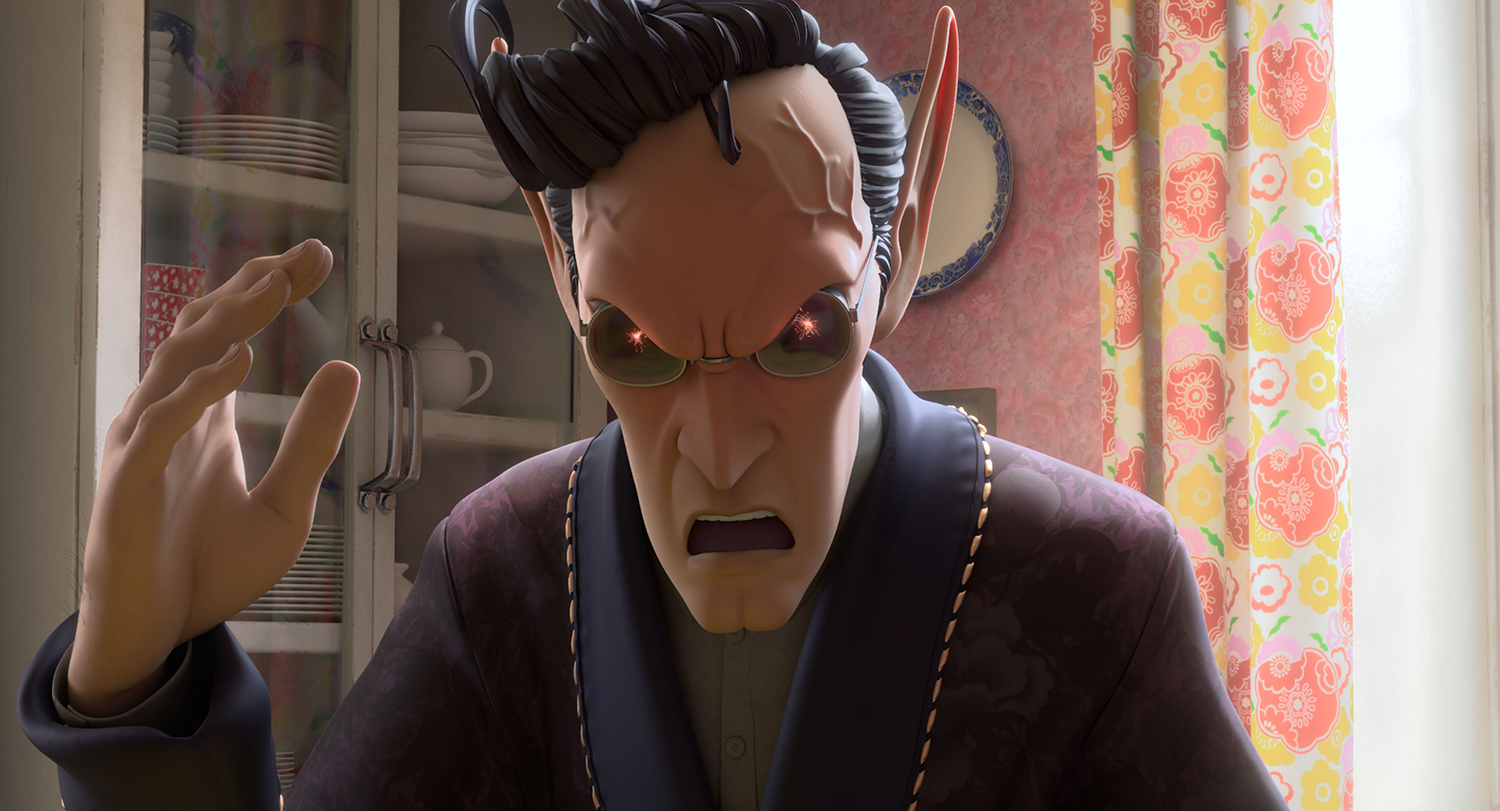
The screenplay is by veteran Ghibli writer Keiko Niwa, whose credits include Goro’s two previous features, and Emi Gunji, an assistant director on From Up on Poppy Hill. Longtime Ghibli producer Toshio Suzuki is producing for the studio, with NHK and NEP (NHK Enterprises) co-producing. Unusually for a Ghibli film, Earwig was made for tv: NHK, Japan’s public broadcaster, premiered the film in December. It was also officially selected by Cannes Festival last year.
Miho Satake, who illustrated the Japanese edition of Jones’s novel, is credited with original character and setting designs, with Katsuya Kondo (My Neighbor Totoro, Ponyo, From Up on Poppy Hill) designing the characters for animation. The cg supervisor is Yukinori Nakamura, who worked as an animator on the short film Boro the Caterpillar (Hayao Miyazaki’s first and only entirely cg production). Kentaro Morishita is credited as animation producer, Tan Se Ri as animation director. Yuhki Takeuchi oversaw backgrounds.
The English cast includes Richard E. Grant, Kacey Musgraves, Dan Stevens, and Taylor Paige Henderson. A subtitled version is also available.
“Earwig and the Witch” is released in North America by Gkids. It will come out on digital platforms (outside HBO Max) on March 23, and on Blu-ray and dvd on April 6.
